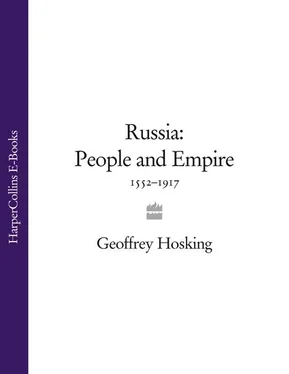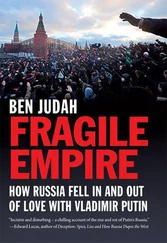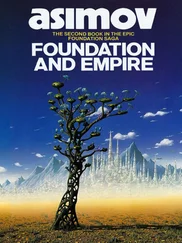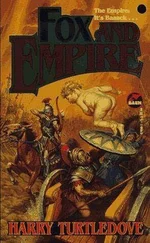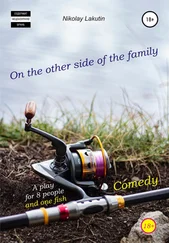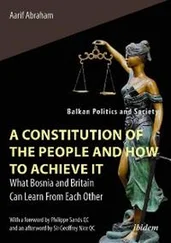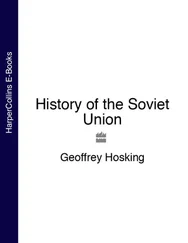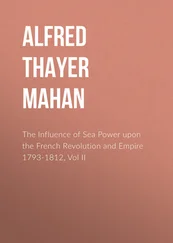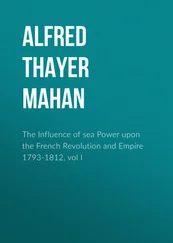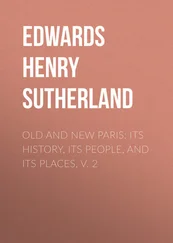The thesis of this book is that in Russia state-building obstructed nation-building. The effort required to mobilize revenues and raise armies for the needs of the empire entailed the subjection of virtually the whole population, but especially the Russians, to the demands of state service, and thus enfeebled the creation of the community associations which commonly provide the basis for the civic sense of nationhood. As the nineteenth-century Russian historian Vasily Kliuchevskii once remarked, ‘The state swelled up, the people languished.’ 13
State-building also necessitated the borrowing of a foreign culture and ethos, which displaced the native inheritance. A potential national identity had already been created for Russia by the ‘invention of tradition’ in the sixteenth century, and it served as impetus and justification for the first stages of empire-building; but it was suddenly repudiated by the imperial state itself in the mid-seventeenth century in circumstances which I examine in Part 2, Chapter 1. This repudiation generated a rift within Russia’s ethnic community whose consequences have not been entirely eradicated even today.
In his recent study of national identity, Anthony Smith distinguishes between two types of nation-building. The first is accomplished by what he calls ‘aristocratic’ ethnies (‘ethnie’ is his term for a proto-nation). They command the mechanism of the state, and so are able to carry out nation-building by using its resources, as well as by economic and cultural patronage. In this way, they assimilate lower social classes and outlying ethnic groups to their heritage. This was the historical path to the nation-state taken by England, France, Spain, Sweden and, up to the eighteenth century, Poland.
The second type of nation-building, which Smith terms ‘demotic’, proceeds from non-aristocratic, localized, often subject communities. Lacking their own state, they have to build the elements of one from below, in opposition to some existing state: to accomplish this they need strongly held views of law, religion, culture and community. Examples of this kind are the Irish, Czechs, Finns, Jews, Armenians and the Poles in the nineteenth and twentieth centuries. 14
In the case of Russia, we may hypothesize that both types of nation-building were at work concurrently, with the conflict between them reaching special intensity in the late nineteenth and early twentieth century. There were two poles round which Russian national feeling could crystallize. One was the imperial court, army and bureaucracy, with its attendant nobility and increasingly Europeanized culture. The other was the peasant community. Peasants cannot lead a nationalist movement, but they can provide a model for it and, given leadership from outside, they can become its numerical strength. The values of village communities have inspired many politicians in the assertion of their nation’s identity against alien domination: one has only to think of Gandhi, Mao Zedong and many East European politicians after the first world war. In Russia it was the intelligentsia, drawing on imperial culture but trying to break away from it, which provided this leadership.
During the eighteenth and nineteenth centuries, the notions of authority, culture and community held by the imperial nobility and by the peasantry were diametrically opposed on cardinal points. We may lay out the dichotomy roughly as follows:
| NOBILITY |
PEASANTRY |
| Hierarchical |
Egalitarian |
| Held together by subordination |
Held together by mutual responsibility |
| Cosmopolitan |
Parochial |
| Oriented to state service |
Oriented to survival |
| Land seen as private property |
Land seen as communal resource |
The contrast between these views of community was not absolute. Both sides, for example, shared the feeling of reverence for the Tsar and, on the whole, for the Orthodox Church. At times of supreme crisis, like the Napoleonic invasion, the two sides could work together. Nevertheless, the gap between them was very wide and, what was more important, getting wider during the eighteenth and most of the nineteenth century, as the crisis of nation-building approached its apogee.
The result was that the two Russias weakened each other. The political, economic and cultural institutions of what might have become the Russian nation were destroyed or emasculated for the needs of the empire, while the state was enfeebled by the hollowness of its ethnic substance, its inability at most times to attract the deep loyalty of even its Russian, let alone its non-Russian subjects. The intelligentsia, trying to mediate between them, to create an ‘imagined community’ as a synthesis of imperial culture and ethnic community, was crushed between them. The culmination of this process was the revolution and civil war of 1917–21.
This book has been written in the belief that we need a new interpretive approach to the history of Russia. Most western accounts of Russia’s evolution revolve around the concepts of ‘autocracy’ and ‘backwardness’. In my view, neither of them is a fundamental or ineluctable factor. Autocracy, I shall argue, was generated by the needs of empire, and had to be reinforced as that empire came increasingly into conflict with nation-building.
The same is true of backwardness. What is striking is not that Russia was economically backward in either the sixteenth, eighteenth or early twentieth century, but rather that every attempt at reform and modernization tended in the long run to reproduce that backwardness. As the history of Germany, Japan and modern south-east Asia shows, backwardness can be not only escaped from but triumphantly overcome and turned to competitive advantage. Russia did not do this: the economic policies deemed necessary to sustain the empire systematically held back the entrepreneurial and productive potentialities of the mass of the people.
In my view, then, autocracy and backwardness were symptoms and not causes: both were generated by the way in which the building and maintaining of empire obstructed the formation of a nation. I deploy the evidence for this assertion in what follows.
If I am right, the implications for contemporary Russia are profound. If she can find a new identity for herself, as a nation-state among other nation-states, autocracy and backwardness will fade out. It may perhaps be objected that the nation-state is not the be-all and end-all of history, and that we are moving into a post-national era. 15In particular, in the case of Russia, it may be argued that the relatively low level of virulent nationalism has spared the collapsing Soviet empire the spasms of violence which accompanied, for example, the departure of the French pieds noirs from Algeria. (There has been considerable violence, but most of it has been directed by non-Russians against other non-Russians.)
There is something to be said for these arguments, but I believe the nation-state is likely to be with us for a long time yet as the foundation of the international order, and that in Russia the sense of solidarity associated with nationhood would do much to diminish the criminality and the bitter political conflicts which still disfigure its internal order. I do not pretend, of course, that the process of strengthening national identity in Russia can be wholly reassuring either for her neighbours or for the international community at large. But I believe it is preferable to any attempt at rebuilding empire, which I take to be the only serious alternative.
A word about the structure of this book. I decided at an early stage that a purely chronological exposition would obscure permanent or long-lasting features of Russian society – what one might call its ‘deep structures’ – to such an extent as to undermine the presentation of my overall thesis. I have therefore made Parts 1 and 3 structural, and Parts 2 and 4 chronological. Part 1 examines why a Russian Empire arose at all and what were its abiding features, Part 3 its effects on the major social strata and institutions of Russian society. Parts 2 and 4 adopt a more familiar kind of historical narrative. I hope that the accompanying Chronology (pp. 487–492), Index and occasional cross-references will make it easier to understand the way the sections relate to each other.
Читать дальше
